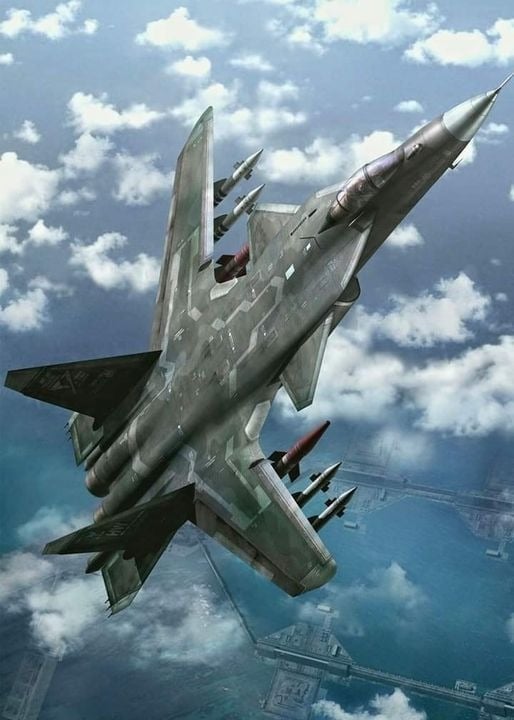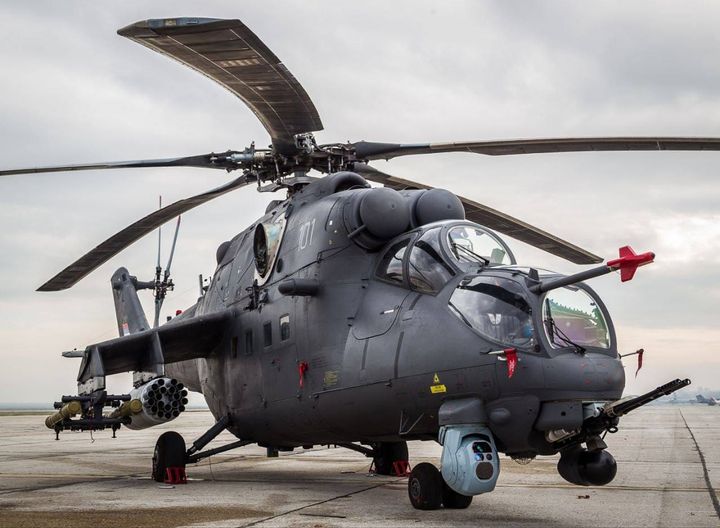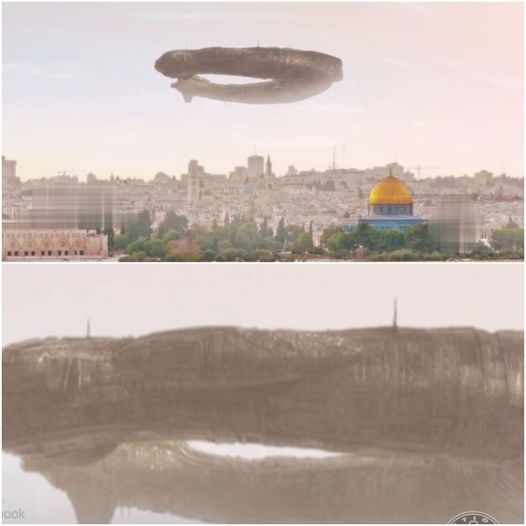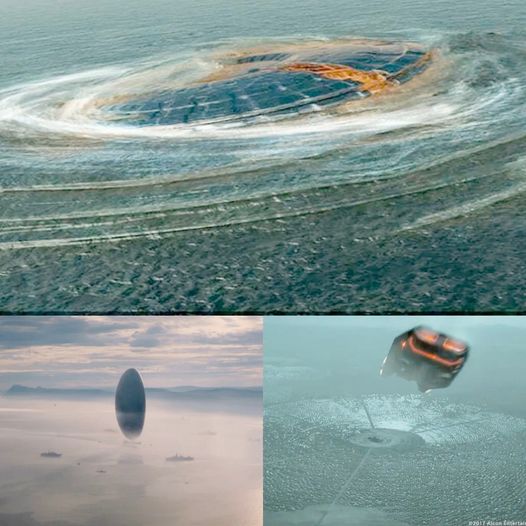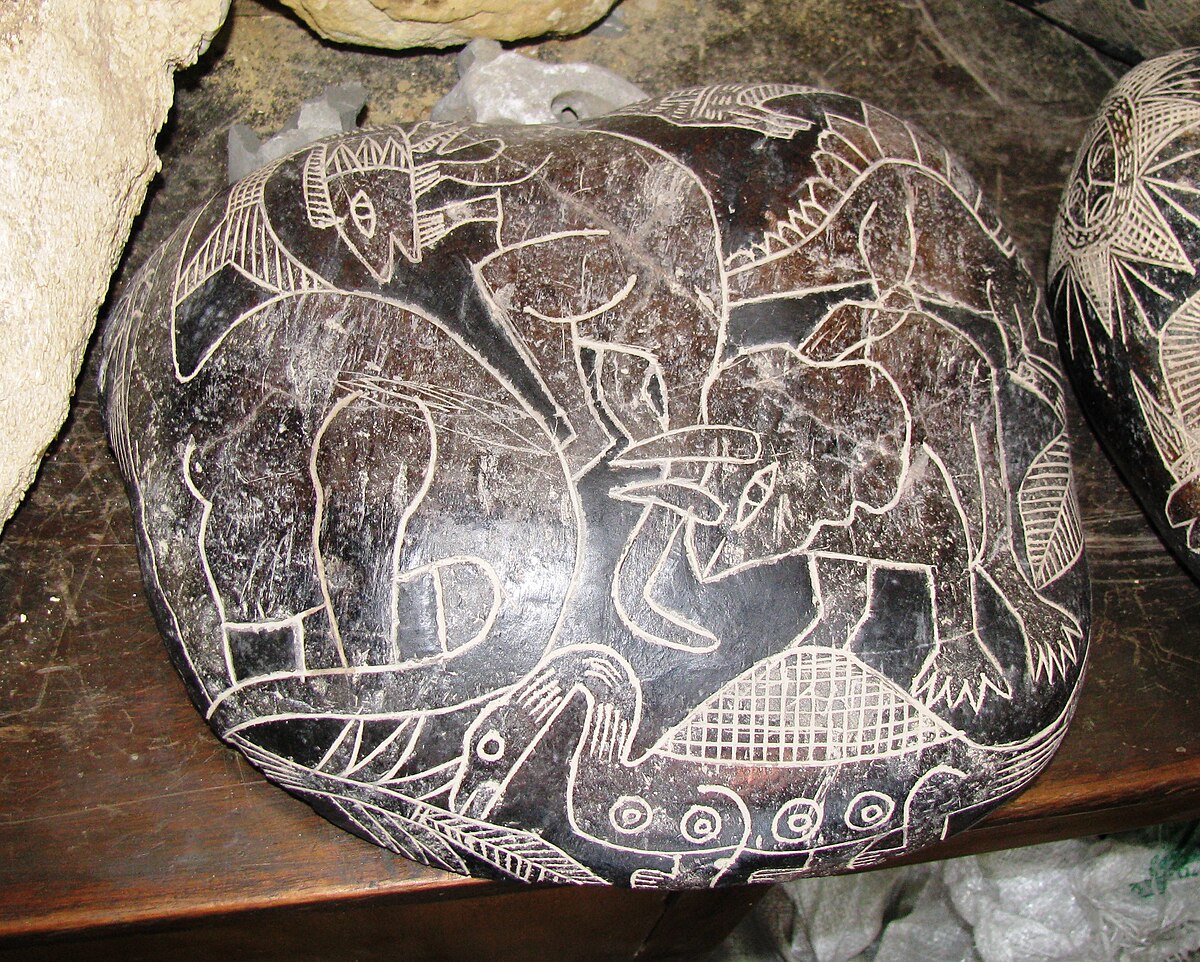Perhaps the Pentagon did retire the F-14 much too soon, compromising potential upgrades and enhanced air-to-air decision-making and combat superiority.
Nearly everyone knows Maverick, Goose, and the thrill of Top Gun dogfighting, and most people know the F-14 Tomcat is a two-seater air-combat platform.
And yet what is lesser known is that the aircraft hit nearly unprecedented speeds of Mach 2.3, making it just as fast as a 5th-generation F-22.
F-14 Tomcat Specs
Looking closely at available specs, the F-14 is clearly among the fastest aircraft to ever exist and is without question on par with the F-22, which is listed as being able to reach Mach 2.2. Both the F-22 and F-14 are decidedly faster than other fighter aircraft such as the F-35 which is listed at Mach 1.6 and the F/A-18 Super Hornet at 1.8.
The discrepancy in speed between the F-14 and slower F-35 and F/A-18 aircraft – which some may say raises interesting questions, the most prominent being whether the F-14 Tomcat retired too soon. Were more years of successful service and combat ahead of the aircraft? Was a unique capability lost or compromised with the 2006 departure of the aircraft?
Air Dominance
There are several key factors to consider. Did the arrival of the F-22 as an air-to-air dominance platform rendered the F-14 less significant? This makes a bit of sense, yet the F-22 program itself was truncated quite early and only generated roughly 169 aircraft. The F-22 is land-launched and never had a carrier-capable variant, arguably leaving Navy ships at a speed and air-dominance deficit.
The departure of the F-14 Tomcat left carriers without a high-speed air-to-air platform. The F/A-18 might have been 10 years more modern as it arrived in the early 80s, as compared to the arrival of the F-14 in the early 70s. Yet service life extension efforts have made the F/A-18 relevant and competitive for years and thousands of combat hours beyond what was initially expected. Did the F-14 Tomcat hit a wall that essentially maxed out its ability to upgrade? Perhaps its clear lack of stealth made it less capable of operating in the most cutting-edge threat environments with advanced air defenses. Regardless, there would seem to be a high percentage of combat scenarios and missions for which the Tomcat would immeasurably strengthen the Navy’s operational ability.
Truncated Service Life
We know that airframes can remain viable for decades with some structural support, as evidenced by the B-52 and still airborne F/A-18. Upgrades with computing, weapons systems, software, mission systems, and sensors can all easily happen without major rebuilding or restructuring of an aircraft, something already demonstrated with numerous platforms such as enhancements to the F/A-18 Block III Super Hornet, and 3.2b software upgrades to the F-22, which massively improve its weapons range and targeting capacity.
What all of this may point to is the simple fact that perhaps the F-14 Tomcat was simply retired much too soon, particularly in light of its speed, aerial maneuverability, and combat performance. While the F-14 Tomcat may go all the way back to service in Vietnam, the aircraft destroyed two Libyan Su-22s in the 80s and launched numerous attacks in Iraq’s Gulf War and Operation Iraqi Freedom before being retired in 2006.
Another possibility for the F-14 may simply be that the advent of long-range sensors and advances in weapons guidance and flight trajectory meant that fighter jets are much less likely to “need” to dogfight, something often cited with regard to the F-35. The F-35, for instance, has shown in wargames that it can “see” and destroy large formations of 4th-generation enemy aircraft from stand-off distances where it is itself not detected.
Does this, however, mean you compromise, give up, or forsake the ability to dogfight? I would think not, which is why the Pentagon continues to upgrade the F-22 and fast-track it Next-Generation Air Dominance 6th-generation stealth fighter, something likely to set new speed records.
The Navy has said little about its F/A-XX 6th-generation carrier-launched fighter, yet it seems almost a certainty that the aircraft will reach new levels of speed and stealth. The absence of the F-14 may be a large reason why the Navy continues to accelerate its 6th-gen carrier-launched fighter, as one would think there is still a pressing need for an ability to maneuver, fight, and win combat engagements in the air.
Of course, one must consider the issue of Iran, as nearly 80 F-14 Tomcats were sold to Iran prior to the 1979 Islamic Revolution, a fact that likely continues to cause consternation at the Pentagon. The concern is likely compounded by reports that Iran has somehow managed to upgrade, maintain, and modernize the aircraft. While Iran might not have them in largely impactful numbers, it may explain why the U.S. Navy F-14 made an early exit, according to several news reports.
Multiple reports suggest maintenance costs were part of the challenge with keeping the F-14. Given maintenance for all fighter jets, this does not appear to be a solid reason to compromise Naval air superiority.
Then there is the issue of a “two-man” crew, something that likely impacted by the advent of AI and advanced computing. Is there truly a need for a second “human” in a fighter aircraft or, as is now being experimented with by the Air Force, can a robot-type of AI-enabled system operate as a superior “person” in the aircraft to support the pilot?
While this introduces a subject for considerable debate, given the unique attributes associated with human observation and decision-making. At the same time, there is little question that data organization, analysis, sensing, navigation, targeting, and many other procedural functions can be performed exponentially faster and more efficiently by computers. Did the age of a two-seater fighter jet pass, making the F-14 obsolete? The Air Force, for example, has already tested robotic, AI-enabled co-piloting with some success, and AI-enabled dogfighting and fully unmanned fighters have also been tested for years. None of this, however, verifies or even suggests that the most advanced computing can truly replicate more subjective phenomena associated with human cognition, consciousness, and decision-making.
Therefore, while a single-pilot fighter is expected to stay critical for years and beyond, isn’t there an argument in support of a continued two-man crew option? An aviator, for example, can perform analyses, make observations, and perform certain kinds of reasoning and decision-making that a machine is simply unable to do. Perhaps a fighter can have a two-person crew and also leverage the best of AI in addition? Would a second crew member slow down or impede fighter jet performance? That seems less of a factor with the F-14, given its speed and air-to-air capacity.
A human is likely to notice certain variables and relations between different factors in a way a computer simply cannot. What about intuition, ethics, emotion, or complex and subjective reasoning? While the Army and Air Force Research Laboratories are now exploring the cutting edge of how AI-enabled systems can replicate more subjective kinds of phenomena, variables, and decision-making, the prevailing wisdom still suggests that the optimal combat approach requires both humans and machines, thus the emphasis now placed upon manned-unmanned teaming.
What all of this seems to point to is that yes, perhaps the Pentagon did retire the F-14 much too soon, compromising potential upgrades and enhanced air-to-air decision-making and combat superiority. Perhaps a two-person fighter jet may again see the light of day yet again? Maybe it should. It would seem to make sense to a degree, as it will likely be many years until machines can truly parallel humans in many key functional respects, if ever.



